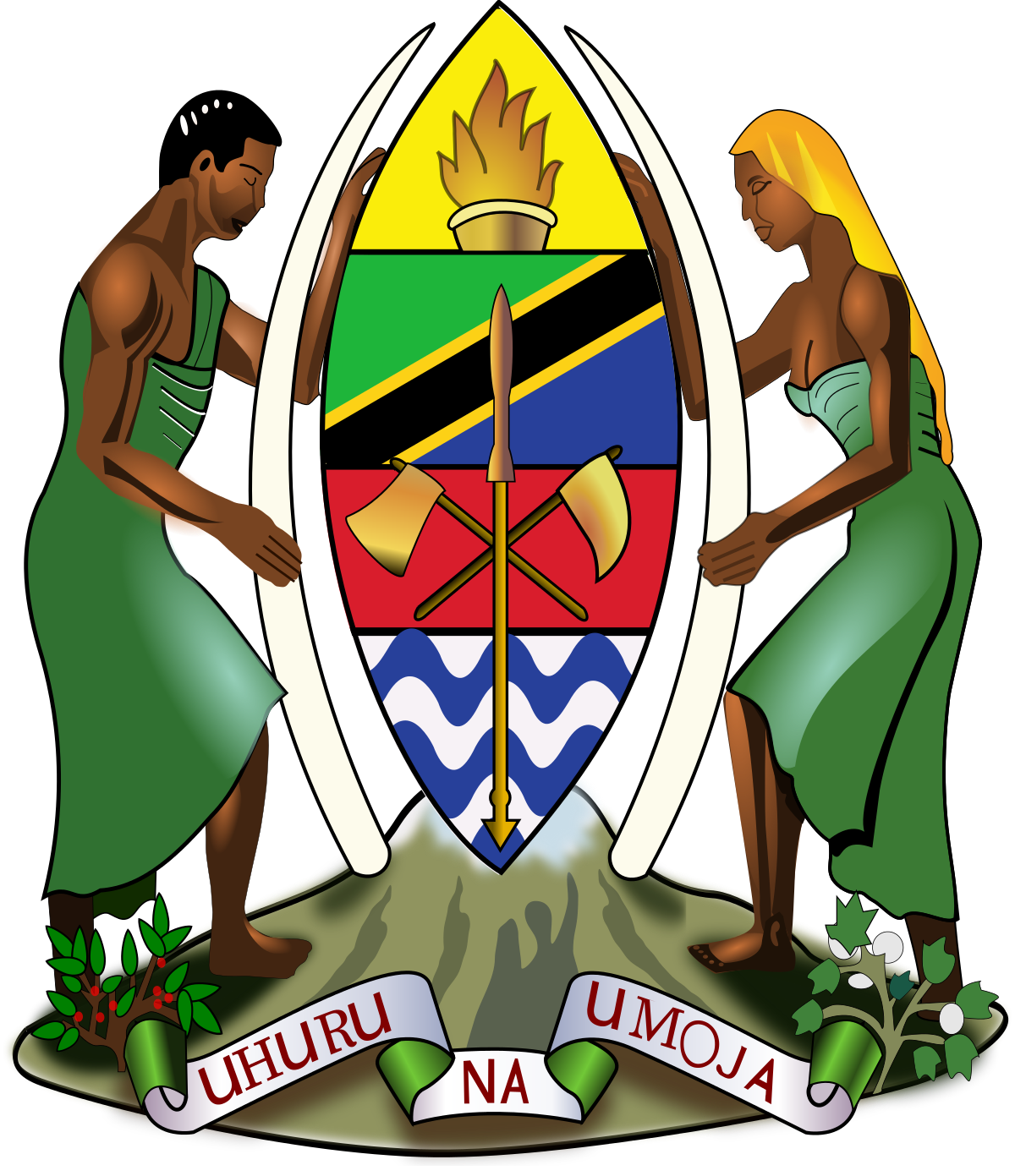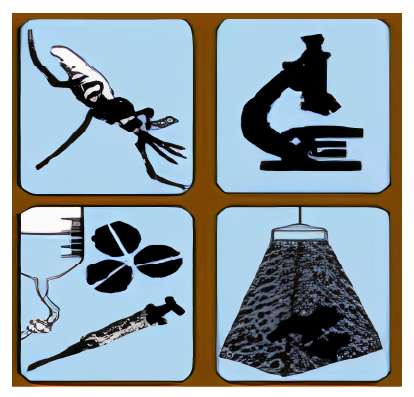Integrated Malaria Vector Control

Main Strategic Objective
Reduce malaria parasites transmission by maintaining recommended evidence-based vector control interventions according to the targeted malaria risk strata (areas).
Strategic Approaches of IMVC
- Ensure universal access to LLINs according to malaria transmission settings
- Consolidate and expand IRS in epidemiologically and operationally suitable areas
- Implement appropriate, sustainable and quality Larval Source Management (Larviciding, Environmental Management and Biological control) interventions in suitable epidemiological and operational areas
- Provide a strategic framework for coordination and continuous assessment for the implementation of evidence-based Vector control innovations
Background of IMVC
The IMVC is one of the core interventions of the National Malaria Control Programme which aims to prevent human-vector contact in a cost effective manner to cover the entire population at risk of malaria in all epidemiological and ecological settings by rendering the environment unsuitable for mosquito breeding. Integrated Malaria Vector Control (IMVC), has two core interventions which are IRS and LLINs supplemented by LSM (biological larviciding and source reduction). The integration with the control efforts of other vector borne diseases intends to maximize the benefits.
Interventions in IMVC
1: Long Lasting Insecticide treated Nets (LLINs)
Strategic Approach for LLINs
Ensure universal access to LLINs according to malaria transmission settings
LLINs Service Delivery Mechanism
- Implement a targeted mass replacement campaign when required according to accessibility and epidemiological risk. : There are four major operational indications for the deployment of targeted replacement campaigns: a) as a mitigation measure when access drops below 40% in the councils with keep up strategy in place; b) in pouches/hotspots of demonstrated moderate to high transmission within very low malaria risk and urban areas where LLINs distribution is indicated only to protect vulnerability; c) as a response to identified residual transmission foci in areas with established case based surveillance; and d) as response to emergency/complex situations. A strategic buffer LLIN stock should be maintained to respond to the above situations.
- Implement School Net Program (SNP). LLIN are distributeded in schools to keep up LLIN coverage in the general population. Implemented together with other keep up mechanisms, school LLINs distribution is conducted to ensure that the entire population has access to LLINs. Pupils are used as a vehicle to take the LLINs to the households. School net distribution might be associated to other malaria and health interventions in the schools such as: NTD drug administration, antimalarial targeted administration, malaria parasitological surveys, and information, education and communication packages
- Implement LLIN distribution through RCH clinics to protect biological vulnerable groups, infants and pregnant women, and to keep up net coverage in the general population Continued distribution of LLINs to biologically vulnerable groups, pregnant and infant in the first ANC visit and infants when receiving first measles rubella vaccine.
- Implement LLIN alternative delivery system to special population groups and special situations. A first set of special groups have been identified: defense camps, prisons, selected occupational workforce, under five children admitted with severe malaria or severe anemia, people living with HIV, elderly above 60 years who are economic vulnerable, refugee camps, mobile/nomadic population, socio-economic vulnerable neighborhood/suburbs, hospitals, boarding schools and orphanage centers. High level of community sensitization and participation is needed to implement this mechanism for identification of underserved risk groups and to promote sustainability and acceptance of the program and promote net use.
- Create enabling environment for LLINs availability in commercial market. Innovative strategy needs to be sought to advocate and engage private sector in selling LLINs to the community. Identify local distributors willing to sell LLINs, establish a platform for dialogue to encourage local distributors, community distribution points to sell accompanied by community sensitization and engagement.
2: Indoor Residual Spray
The indications to implement IRS as a strategy for both disease burden reduction and elimination. The followings are the conditions where IRS is indicated.
- Tool for insecticides resistance management and mitigation,
- Disease burden reduction in areas with resilient high malaria transmission;
- Response to foci investigation to break residual transmission in very low malaria risk councils targeting elimination
- Pre-empt malaria peaks in unstable transmission areas
- Response to an incumbent outbreak.
In all areas eligible for IRS should consider the cost effectiveness and the possible additional benefits especially if there is high access and use of LLIN, especially PBO for insecticide 32 resistance mitigation.
Strategic Approach for IRS
Consolidate and expand IRS in epidemiologically and operationally suitable areas.
IRS Service Delivery Mechanisms
- Create an enabling environment to plan, implement and conduct quality IRS through community engagement including guidelines, training packages, monitoring system, environmental compliance and pesticide management plan.
- IRS is currently implemented with development partners support through an implementing contractor with centralized planning, financial and implementation arrangements, monitoring and evaluation, compliance with environment requirements. LGA health staffs and community involvement are required during micro-planning and implementation.
- Build capacity of council (CHMT) and private sector to plan, manage, implement, and evaluate IRS.
- Application of targeted IRS through community participation and engagement in the high malaria risk councils with resilient malaria transmission as malaria burden reduction and insecticide mitigation tool.
- Application of focal IRS as a response to residual malaria transmission in the very low malaria risk councils targeting elimination.
3: Larval Source Management (LSM)
In Tanzania, Larval Source Management (LSM), specifically by using bio larvicides, is one of the malaria interventions that attracts attention at all levels. The Government currently supports its implementation in all 184 councils within the 26 regions.
Strategic Approach
Implement appropriate, sustainable and quality Larval Source Management (larviciding, environmental management and biological control) interventions in suitable epidemiological and operational areas.
LSM Service Delivery Mechanisms
- Create an enabling environment to plan, implement quality LSM in targeted areas by using community engagement (guidelines, training packages, monitoring system, environmental compliance, bio-larviciding management plan).
- Build capacity of Council (CHMT) and private sector to plan, manage, implement, and evaluate LSM
- Application of appropriate, sustainable and quality bio-larvicides according to guidelines and standard operating procedures
- Create partnership to ensure that environmental related elements of LSM are part of community based, councils and private sector LSM plans
4: Insecticide Resistance Management (IRM)
Strategic Approach
Provide a strategic framework for coordination and continuous assessment for the implementation of evidence-based Vector control innovations.
IRM&M Service Delivery Mechanisms
- Encourage partners to research and develop evidence for novel vector control tools for scale up in the country.
- To work with research institutions to encourage developing of new vector control tools for insecticide resistance management in order;
- To curb residual transmission in areas targeting elimination;
- To control outdoor transmission
- Increase scope and coverage of vector control initiatives
- Implementation of Insecticide Resistance Management plan
Currently there is ongoing insecticides resistance monitoring for all classes of insecticides used for IRS and impregnated nets in 22 sentinel districts in order to observe the performance of insecticides and updating the country insecticides resistance profile. Insecticide’s rotation is implemented in IRS operation areas as guided by the current Insecticides resistance monitoring and management plan

